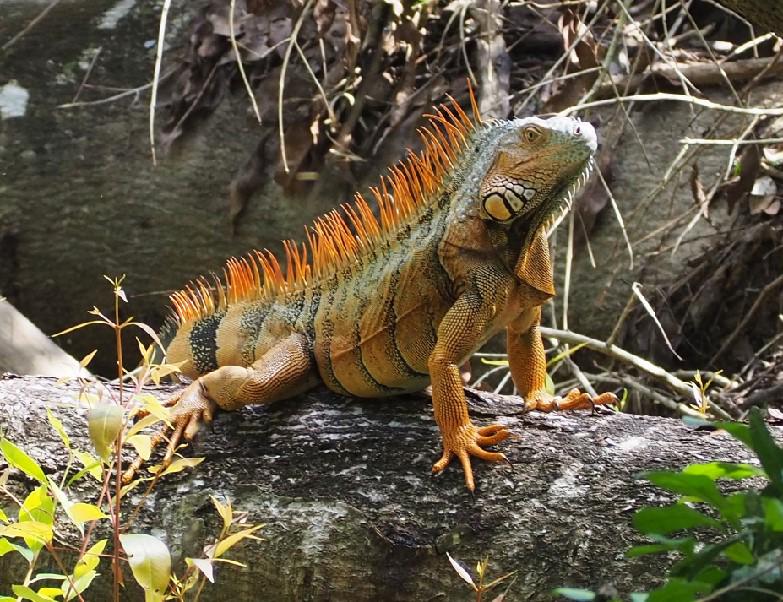Lizards are remarkably diverse creatures, comprising one of the largest groups of reptiles with approximately 5,000 known species. These reptiles inhabit nearly every continent except Antarctica and have adapted to a wide range of environments including deserts, wetlands, forests, and plains. This environmental diversity greatly influences their dietary habits, which vary significantly among different species.

The diet of lizards in the wild can be categorized into several groups depending on the type of food and the availability in their natural habitat. Here's a breakdown of the common food sources for lizards:
| Food Type | Common Examples | Lizard Examples |
|---|---|---|
| Insects | Crickets, flies, worms, grasshoppers, ants, spiders, cockroaches | Geckos, skinks, fence lizards |
| Eggs | Eggs stolen from nests of birds and other mammals | Gila monsters |
| Other Lizards and Meat | Other smaller lizards, mice, small birds, small snakes | Collared lizards |
| Fruits and Plants | Flowers, leaves, soft fruits, young shoots | Green iguanas (strictly herbivores) |
Insects are a primary food source for many lizard species due to their abundance in various environments. Lizards like geckos, skinks, and fence lizards consume a variety of insects which makes them valuable for controlling pests around human dwellings.
Lizards often steal eggs from the nests of mammals and other reptiles, which provides a high-energy food source with minimal effort. Species like the Gila monster are known for predating on eggs as a significant part of their diet.
Some lizards, such as collared lizards, exhibit cannibalistic tendencies and will prey on smaller lizards. Additionally, these carnivorous lizards may also hunt other small animals like mice, birds, and snakes, which are easier to catch and consume.
While many lizards are omnivorous or carnivorous, some species, such as the green iguana, are strictly herbivorous. These lizards consume a diet consisting of flowers, leaves, fruits, and shoots, which provides them with the necessary nutrients for their vegetarian lifestyle.
The diverse dietary habits of lizards reflect their adaptability and the ecological niches they occupy. From insectivorous diets that help control pest populations to herbivorous diets that involve foraging for plants and fruits, lizards play significant roles in their ecosystems. Understanding what lizards eat helps in appreciating the ecological balance and the importance of conserving their natural habitats to support their diverse dietary needs.
animal tags: lizards
We created this article in conjunction with AI technology, then made sure it was fact-checked and edited by a Animals Top editor.